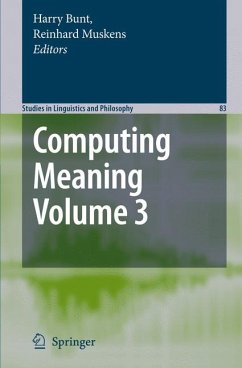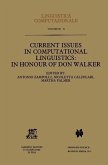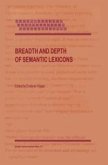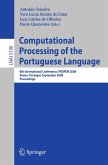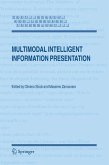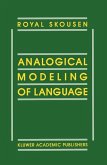This book provides an in-depth view of the current issues, problems and approaches in the computation of meaning as expressed in language. Aimed at linguists, computer scientists, and logicians with an interest in the computation of meaning, this book focuses on two main topics in recent research in computational semantics. The first topic is the definition and use of underspecified semantic representations, i.e. formal structures that represent part of the meaning of a linguistic object while leaving other parts unspecified. The second topic discussed is semantic annotation. Annotated corpora have become an indispensable resource both for linguists and for developers of language and speech technology, especially when used in combination with machine learning methods. The annotation in corpora has only marginally addressed semantic information, however, since semantic annotation methodologies are still in their infancy. This book discusses the development and application of such methodologies.
Dieser Download kann aus rechtlichen Gründen nur mit Rechnungsadresse in A, B, BG, CY, CZ, D, DK, EW, E, FIN, F, GR, HR, H, IRL, I, LT, L, LR, M, NL, PL, P, R, S, SLO, SK ausgeliefert werden.

